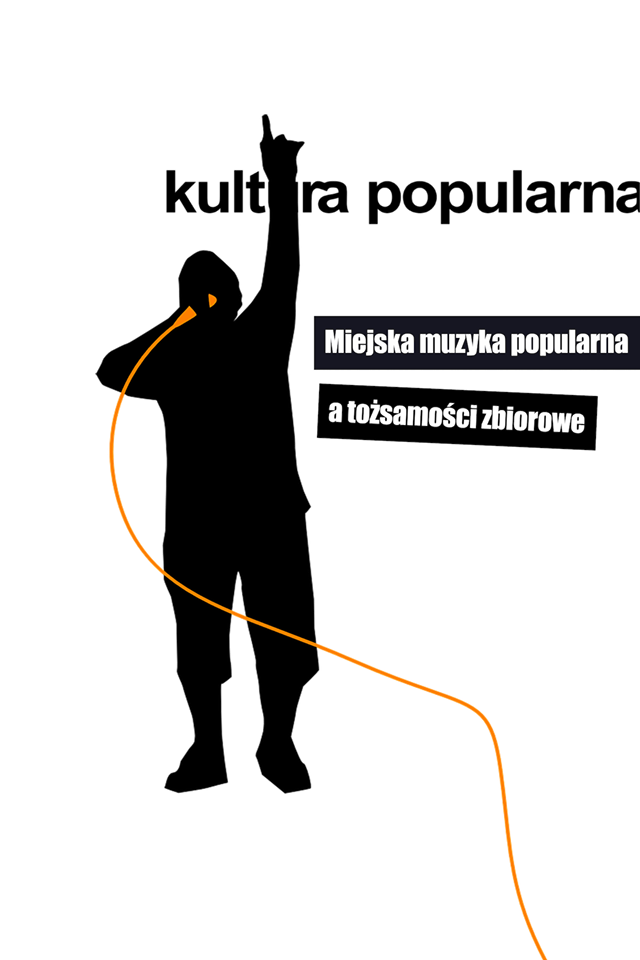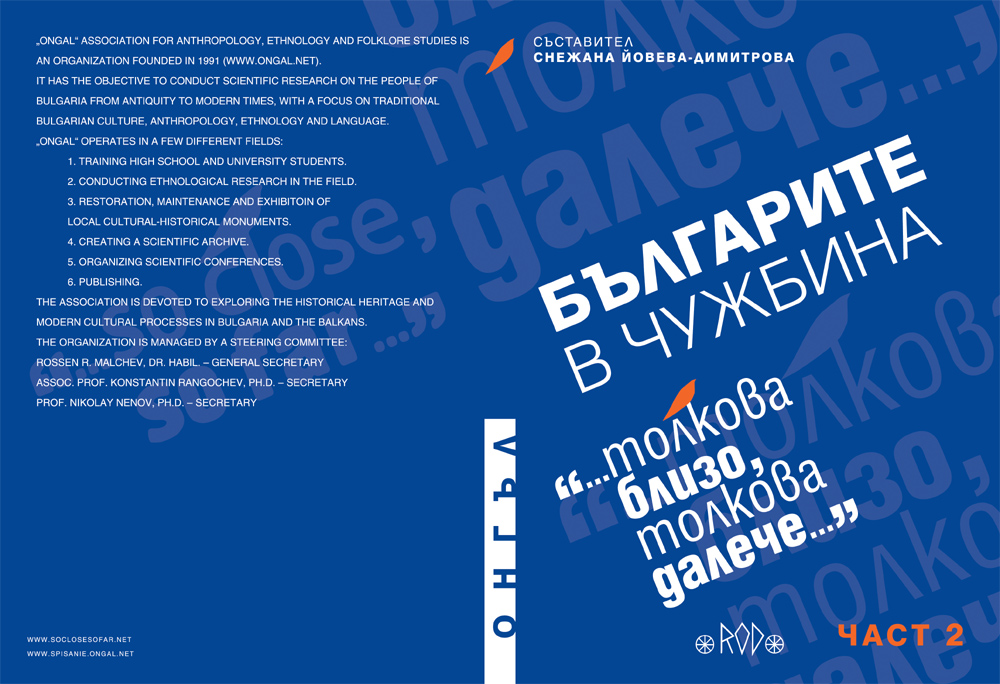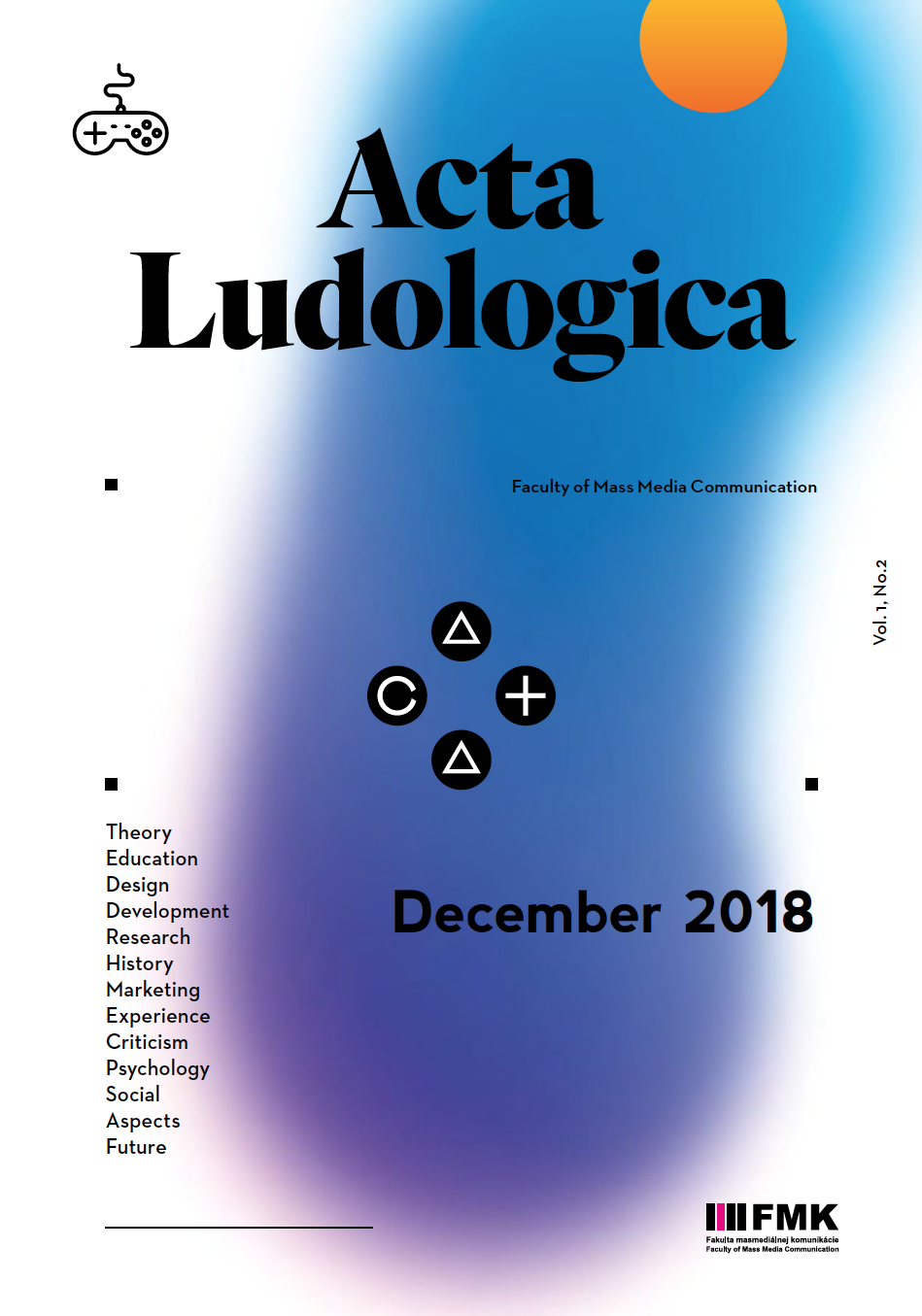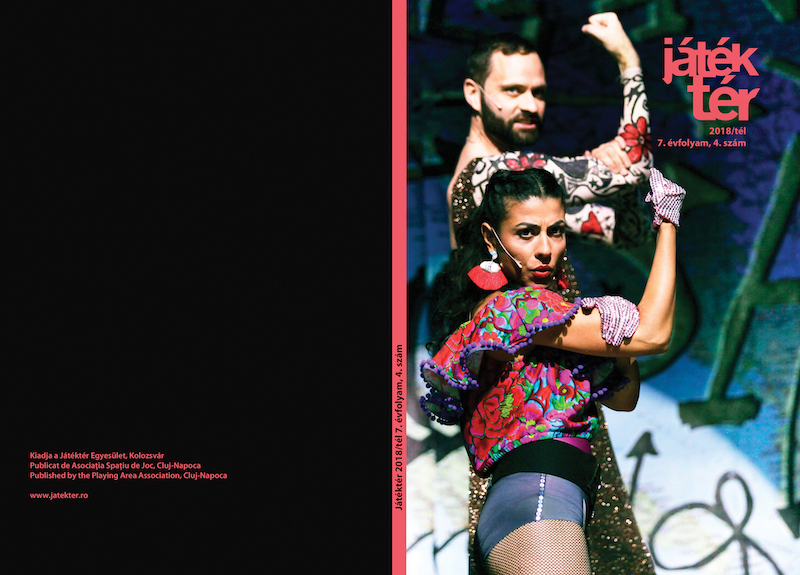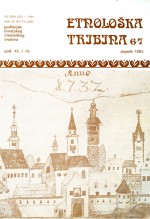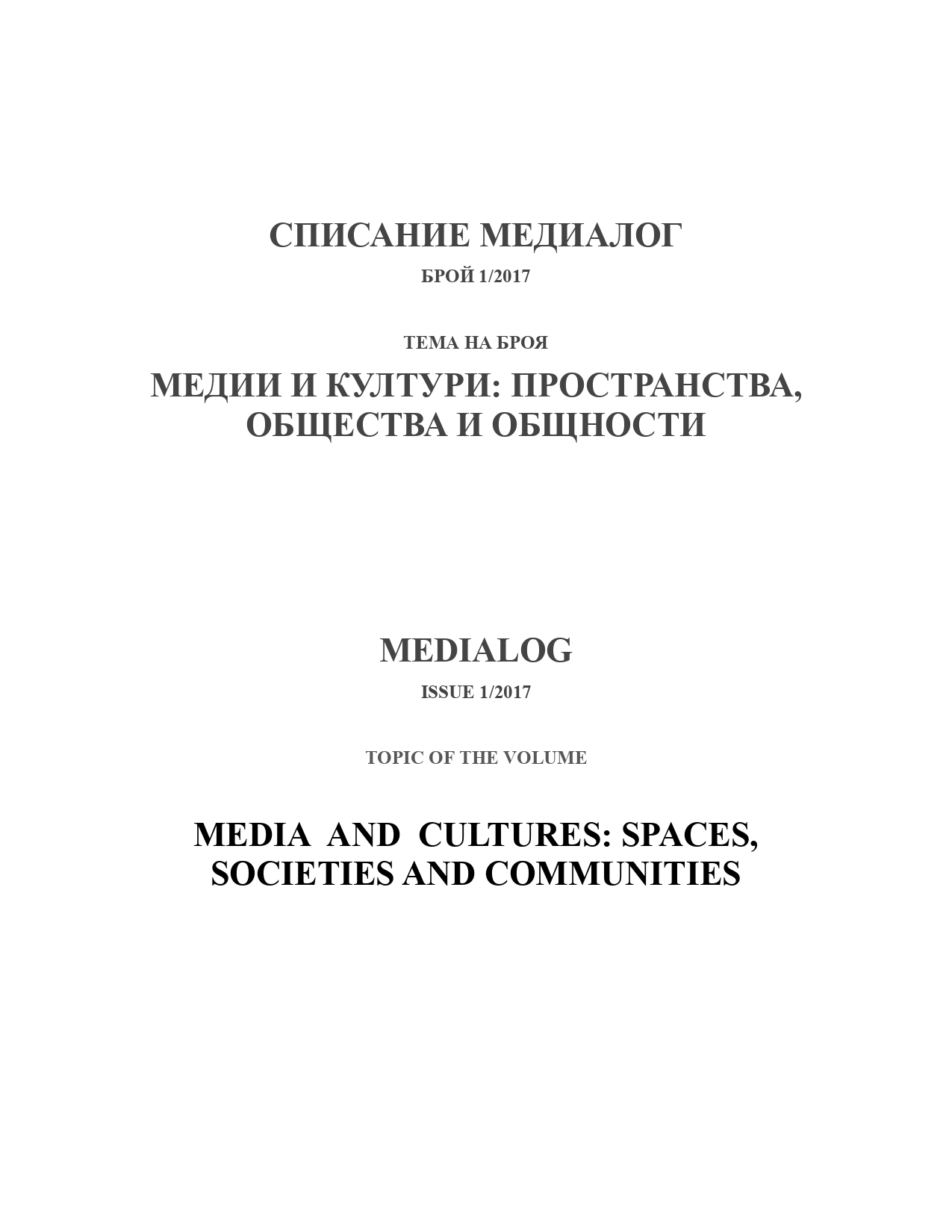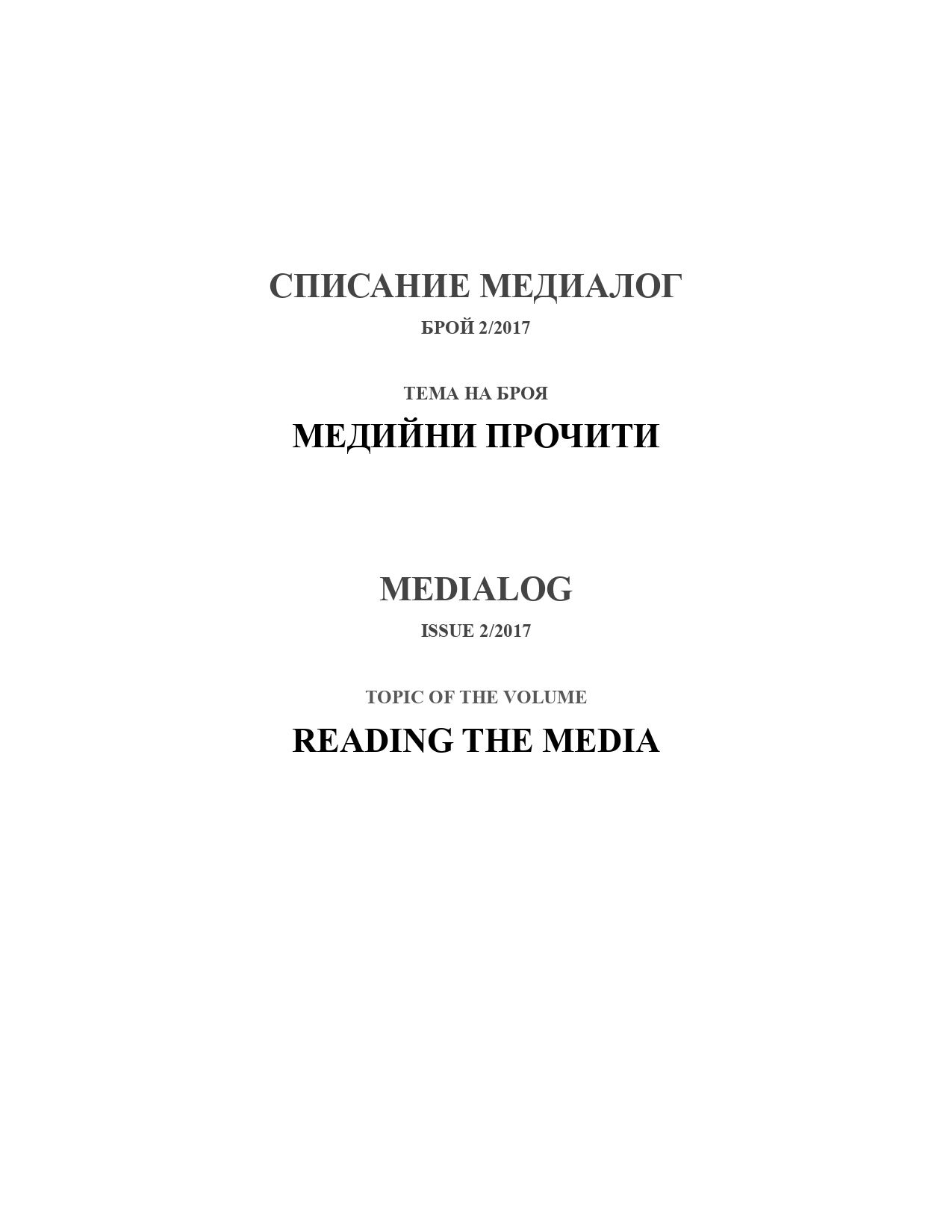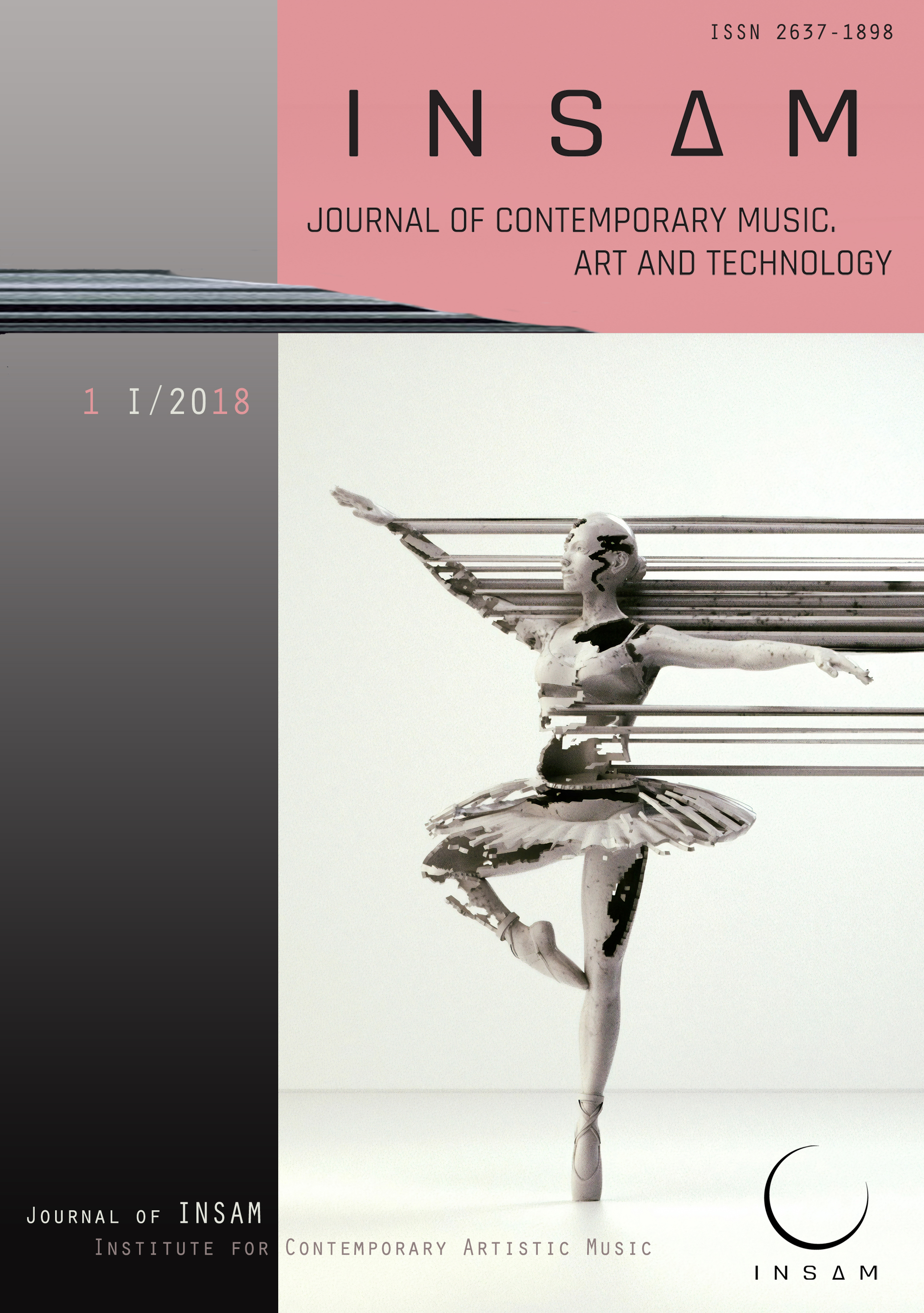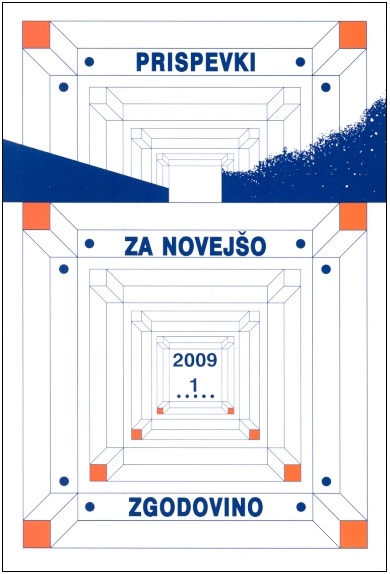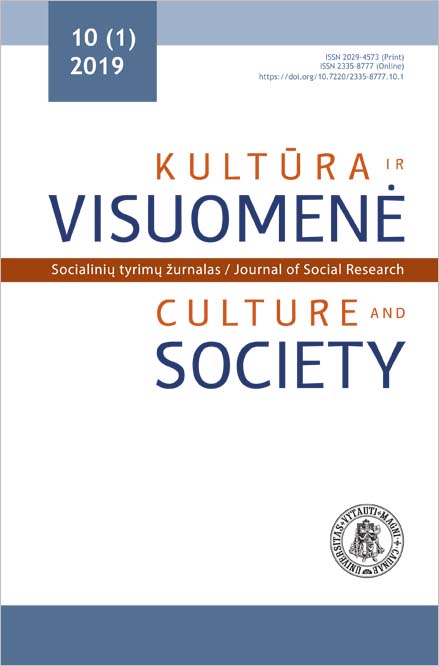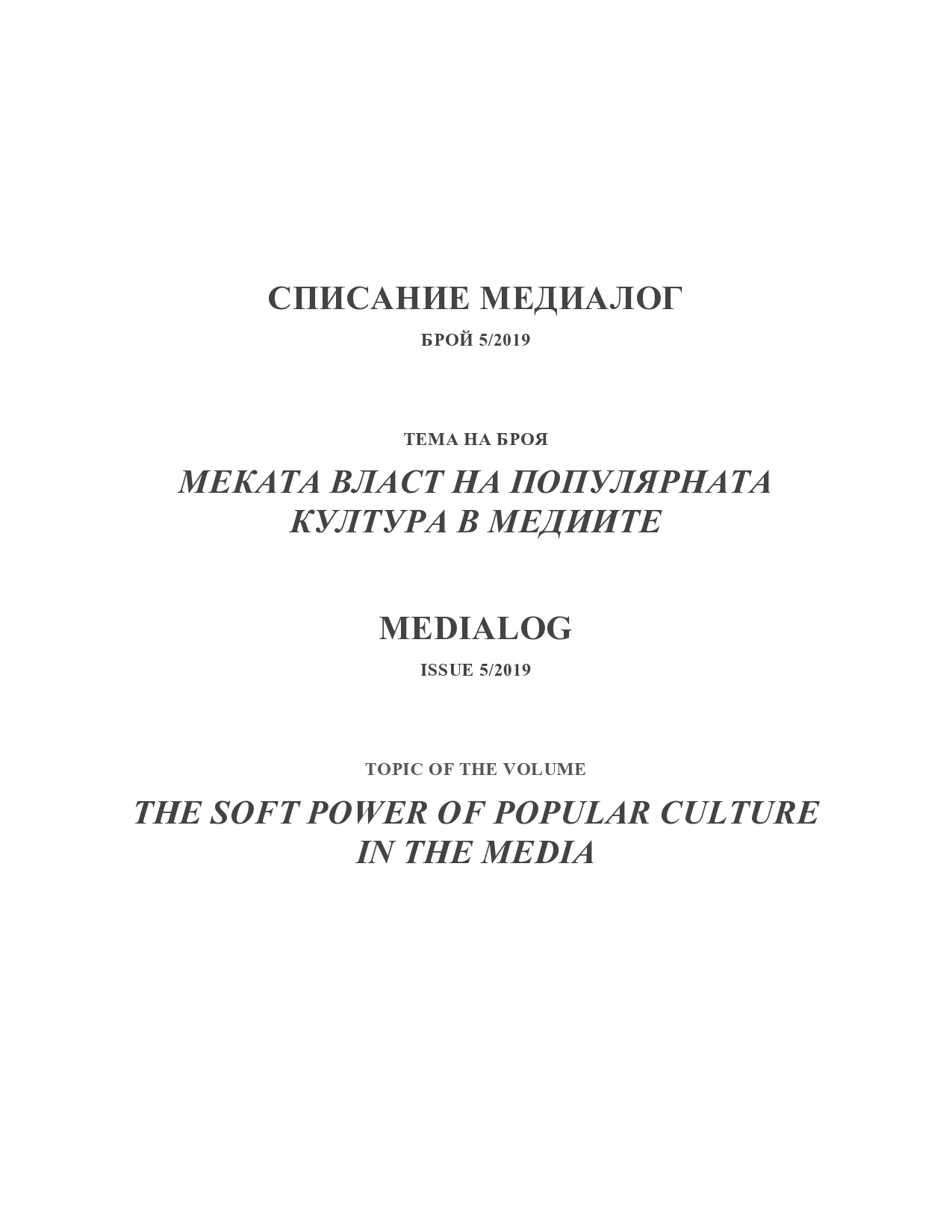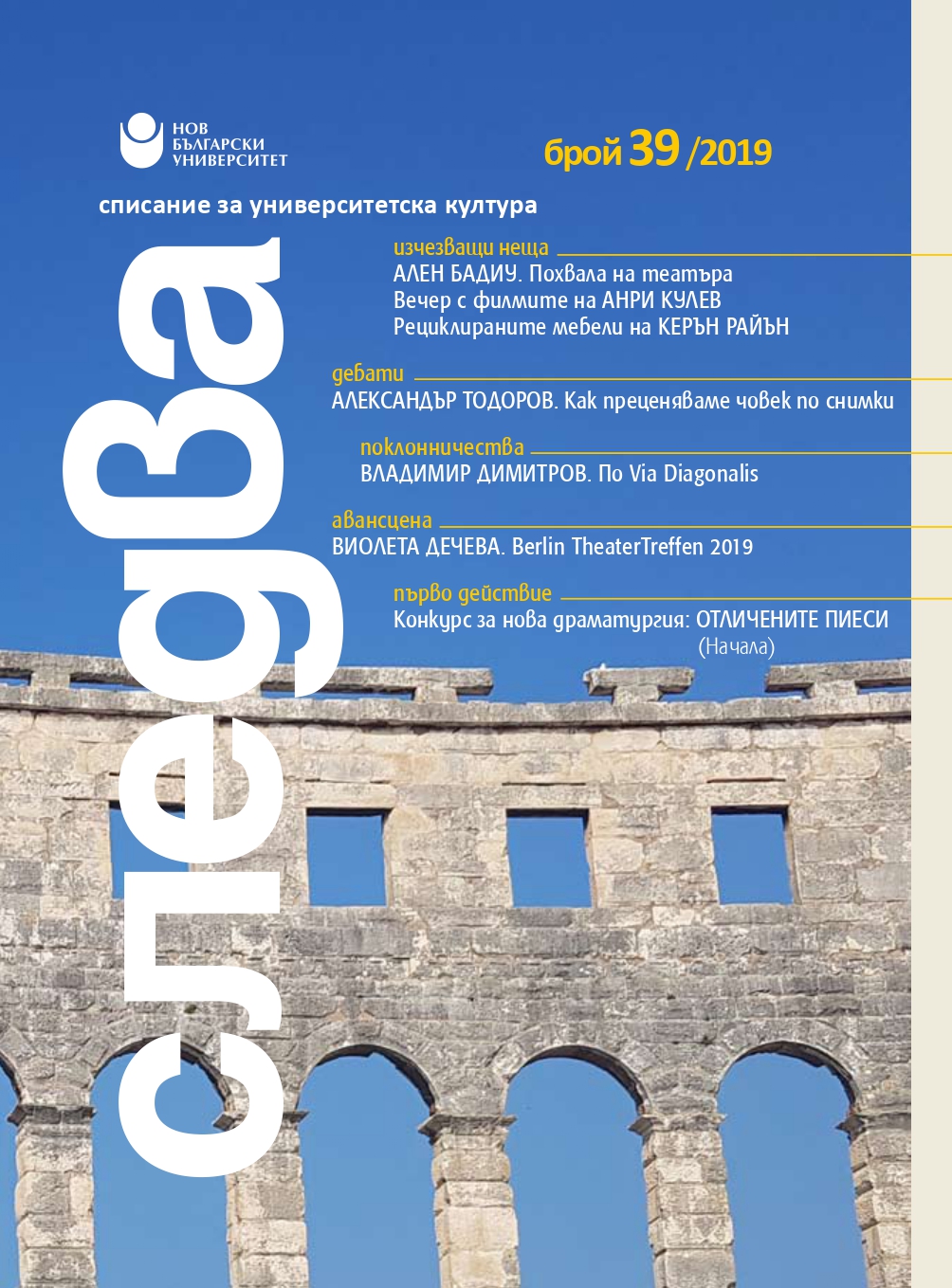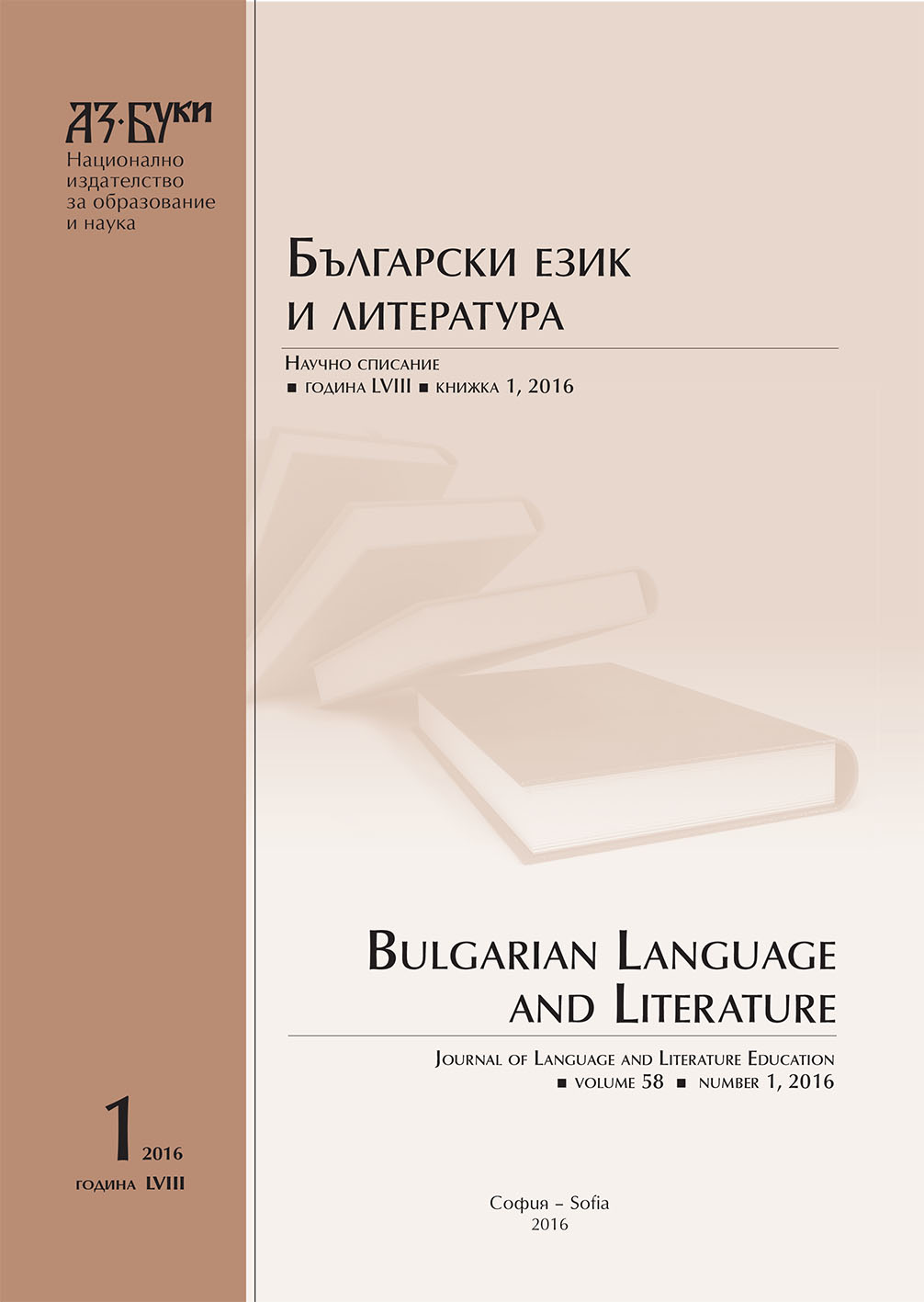
Осмисляне на фолклорната песен в началното училище
The paper offers a framework for better understanding of the folklore song in primary school. Its nature is informal. The teacher has the right to model and re-model the methods discussed and to ignore/adapt some of them in regard to the audience involved. The project is based on the fact that a given piece of certain education content and its understanding is compulsory affiliated to the type of the text and genre identification (myth or folklore or a literary one). The methods discussed involve revealing of the characteristics that are part of the folklore culture and the expression of which is the song itself. The genre of the song motivates the problems in its understanding and the examples show the way they function.
More...
